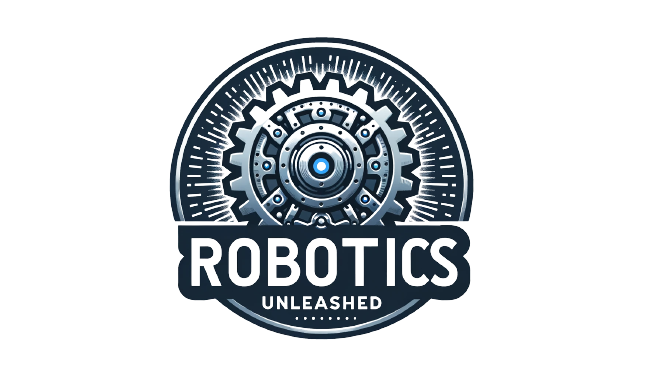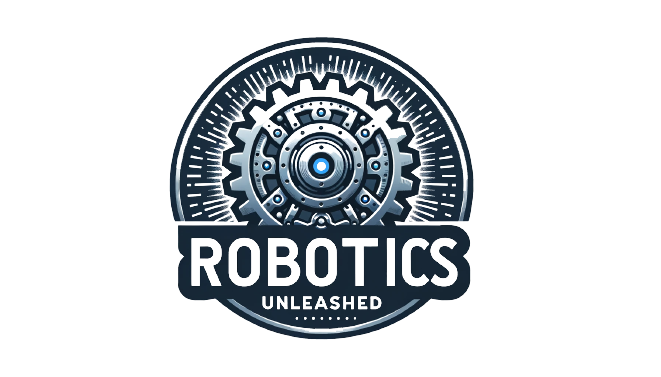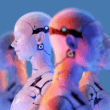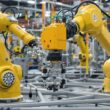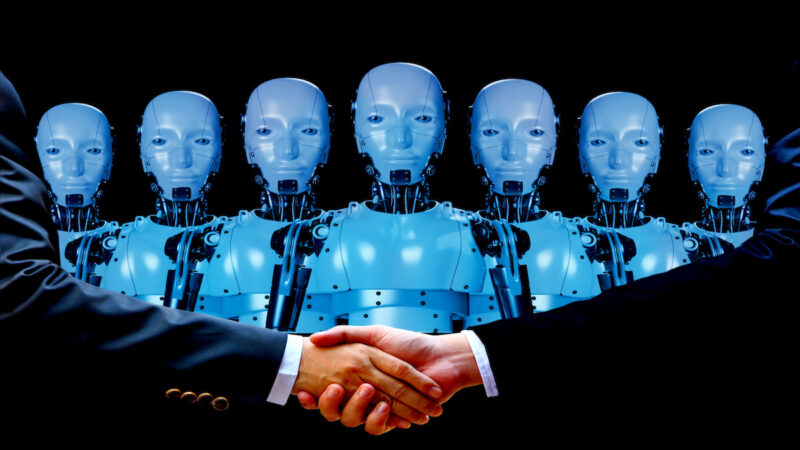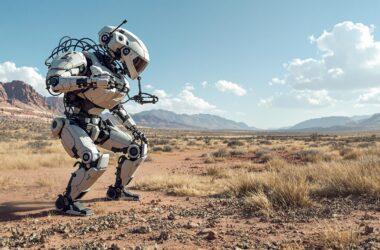We are in the midst of a technological revolution that is transforming our lives, both personally and professionally. Robotics and Artificial Intelligence (AI) are two technologies that are leading this transformation and are affecting various industries, including healthcare, finance, and manufacturing. Robotics and AI are changing the way we work, think and interact, and they have the potential to transform entire industries. However, like any new technology, robotics and AI present ethical concerns and challenges that must be addressed in order to ensure their responsible and sustainable use.
The Pros and Cons of Robotics and AI
Before we dive into the ethical considerations of robotics and AI, let’s take a look at the benefits and drawbacks of these technologies.
Benefits of Robotics and AI
The benefits of robotics and AI are vast and varied. Here are a few examples:
Increased Efficiency
One of the most significant advantages of robotics and AI is their ability to increase efficiency in the workplace. Automation allows repetitive or mundane tasks to be completed quickly and accurately, freeing up valuable time for employees to focus on more complex and rewarding tasks. Additionally, robots can work non-stop, 24/7, which means that certain tasks can be accomplished more quickly and with fewer errors than might be possible with human employees.
Improved Accuracy
Robots are incredibly precise and can perform tasks with a level of accuracy that is unmatched by humans. This makes them ideal for tasks that involve working with small components or conducting delicate procedures, such as surgeries.
Cost Savings
By implementing robotics and AI in industries like manufacturing and supply chains, companies can save money by reducing labor costs and minimizing human error. For example, Amazon has invested heavily in robotics and AI to automate their warehouse operations. This has resulted in significant cost savings and increased efficiency.

Drawbacks of Robotics and AI
While there are clear benefits to robotics and AI, there are also some drawbacks that are worth considering:
Job Loss
Perhaps the biggest concern about robotics and AI is that they will eventually lead to job loss for humans. As automation increases, there is a fear that robots will replace human workers, leading to high rates of unemployment and economic hardship.
Bias
Another concern is that algorithms used in robotics and AI may be biased. This can create ethical concerns, especially when machine learning algorithms are used in fields like healthcare or recruiting. Biased algorithms can perpetuate systemic inequalities and negatively affect people’s lives.
Privacy Concerns
As robotics and AI become more prevalent in our daily lives, there are also growing concerns about privacy. There is the potential for robots to gather data about users in ways that are invasive or unethical. For example, some robots have the capability to record conversations or capture images of individuals, which could be used for nefarious purposes
Safety Concerns
There is always the potential for robots to malfunction or cause harm, leading to safety concerns. For example, self-driving cars have the potential to reduce accidents caused by human error but have also been involved in fatal accidents.
Ethical Considerations in Robotics and AI
Now that we have an understanding of the pros and cons of robotics and AI, let’s delve into the ethical considerations that are necessary when designing and implementing these technologies.
Impact on Employment and Wages
The use of robotics and AI in the workplace has the potential to significantly disrupt employment and wages. By automating certain tasks, companies may be able to reduce their workforce, leading to job loss. This has the potential to harm both individuals and the broader economy, as job loss can lead to an array of negative social and economic outcomes. Moreover, there is a fear that robotics and AI will lead to a “winner take all” economy, where the profits from automation are concentrated among few companies or individuals, exacerbating existing economic inequalities.
Bias in Algorithms and Decision-Making
As previously mentioned, there is the potential for algorithms to be biased, which can have serious ethical implications. Biases can become embedded in machine learning algorithms, perpetuating biases in decision-making. This can result in discrimination and unfair practices. For example, a hiring algorithm might discriminate against candidates with certain geographic locations, names, or backgrounds, perpetuating systemic inequalities.
Privacy Concerns
As robots and AI gather more data about individuals, there are growing concerns about privacy. Personal data that is collected can be used to manipulate users or track their behavior in ways that are unethical or invasive. For instance, facial recognition technology could be used to track an individual’s movements and gather information that could be used for illicit purposes.
Safety Concerns
There is always a risk of harm when developing and implementing new technologies. Robotics and AI are no exception. For example, self-driving cars are programmed to avoid accidents, but there remains the possibility of malfunctions that could lead to accidents. Additionally, some robots are designed to interact directly with humans, which can create safety concerns if their programming or operation is not properly monitored.

Current Standards and Regulations
As robotics and AI become more common, there has been an increased focus on developing standards and regulations to ensure their safe and ethical use. However, the process of creating and implementing standards and regulations can be slow, and there are gaps in the current regulations.
Currently, there are some regulations in place for robotics and AI. In the US, the Occupational Safety and Health Administration (OSHA) has established guidelines for human-robot collaboration in the workplace. Additionally, the National Institute of Standards and Technologies (NIST) has developed guidelines for robotic systems in healthcare. The European Union (EU) has implemented the General Data Protection Regulation (GDPR), which sets standards for data privacy throughout Europe.
Gaps and Limitations in Current Regulations
However, current regulations have gaps and limitations. For example, in the US, the Food and Drug Administration (FDA) does not currently regulate AI-powered medical devices, leading to a lack of oversight and potential safety concerns. Additionally, current regulations in the US do not require the disclosure of the use of automated decision-making, which can perpetuate biases in algorithms.
Ethics and Responsibility
One of the most challenging aspects of navigating the ethics of robotics and AI is figuring out who is responsible for their ethical considerations. Because these technologies are highly complex and involve a variety of stakeholders – including developers, users, and policymakers – it can be challenging to determine who should take responsibility for ethical decisions.
Ethics of Using Robots and AI in Certain Situations
There are also ethical considerations around the use of robotics and AI in certain situations. For example, using AI in the military could lead to autonomous weapons systems that could cause harm. Similarly, using robots to replace human caregivers could be seen as unethical, as it could lead to a loss of empathy and personalized care for patients.
The Significance of Transparency and Accountability
One of the most important aspects of addressing ethical considerations in robotics and AI is the need for transparency and accountability. This means that developers and corporations must be transparent about the data being collected and how it is being used. Additionally, accountability for ethical considerations must be shared among the various stakeholders involved in the development, implementation, and use of these technologies.
Conclusion
Robotics and AI are transforming the way we live and work, and their impact will only continue to grow in the future. However, as with any new technology, there are ethical considerations that must be addressed in order to ensure their responsible and sustainable use. By focusing on areas such as impact on employment and wages, bias, privacy, safety, and responsibility, we can ensure that robotics and AI are developed and implemented in ways that are ethical, equitable, and sustainable. Ultimately, it is our responsibility to ensure that we use these technologies in a way that benefits all members of society.
